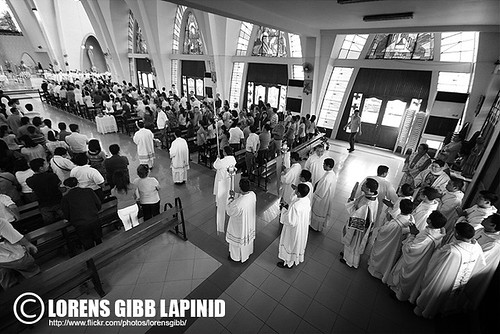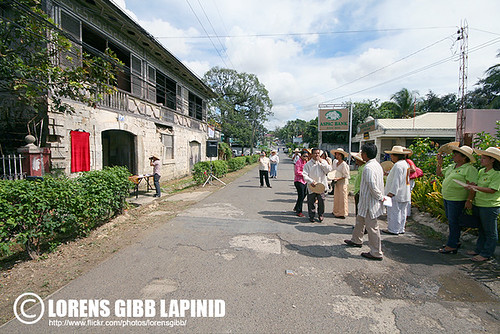A feat shared by no other town in Cebu, the city of Carcar remains to be the destination of choice for those who want to learn both history and culture. The houses for one, built in the 19th century, have been maintained and their distinct styles endure amidst the ravages of natural and man-made undoing.
Four of these houses have already been included in the list for protection in 4 September, 2009 though unveiled only last 30 May, 2010 by the National Historical Commission of the Philippines NHCP (formerly the National Historical Institute), headed by Chairman Ambeth Ocampo. Indeed, it is a notable achievement for the owners of Balay nga Tisa (Sarmiento-Osmeña House), Dakong Balay (Florencio Noel House), Silva Ancestral House, and the Mercado Mansion as their hard work and patience finally paid off.
A walk along the heritage trail of Carcar
As early as eight in the morning members of the Carcar Heritage Conservation Society (CHCS) arrived and were ushered to the azotea, where a hearty breakfast of Filipino fare was served. The Balay nga Tisa, as it is fondly called, has hosted numerous gatherings since Don Roman Sarmiento and Doña Ana Canarias built it in 1859. Today it is co-owned by cousins Manuel Valencia Castro and Marc Valencia Vanzwoll, whom have zealously kept the tradition.
Santa Catalina Street is dotted with numerous houses from various periods. On one side of the street, coral stone houses are lined up, while on another side are the richly-decorated American period homes.
From Balay nga Tisa everyone walked to the Dakong Balay, which originally belonged to Don Florencio Mercado Noel. Present owner and CHCS Public Relations Officer, Jerry Martin Noel Alfafara, left Chicago and resettled in Carcar just to take care of the house.
A road-widening project in 2002 would have wiped out several houses along J. Rizal Street. The Silva Ancestral House and the Mercado Mansion would no longer be in existence today had the project realized.
The paintings inside the Silva Ancestral house, designed by Benito Silva and Rev. Fr. Anastacio del Corro in 1883, is reminiscent of the ones found inside St. Catherine of Alexandria church and convent. At present it is under the care of Zarah Silva Castro, also of CHCS.
Across the Silva Ancestral House is the Mercado Mansion, home of Don Mariano Mercado who is remembered for initiating other well-know Carcar landmarks such as the Rotunda, the Dispensary and the Rizal Monument. The house is maintained by Catalina Lucero together with her daughters Luz Lucero and Elsa Yared.
Heightened awareness
Manuel V. Castro in his acceptance speech said, “These markers symbolize the trust the NHCP accorded us, and also our commitment to our fellow Carcaranons and the Filipino people, to continuously protect and preserve our heritage... Let this also be the beginning of heightened awareness for the preservation of ancestral houses, public buildings, monuments, century-old Acacia trees, that will make us proud of Carcar as a heritage site.”
These houses are the first privately-owned houses in Cebu to be recognized by NHCP as National Historical Landmarks. The first marker unveiled in Carcar was at the Pantaleon “Leon Kilat” Villegas’ Monument middle of 2009.
The turn-over of four markers set another challenge to Carcaranons to protect and preserve their tangible heritage. More than 40 heritage structures in Carcar remain and need to be safeguarded.


















